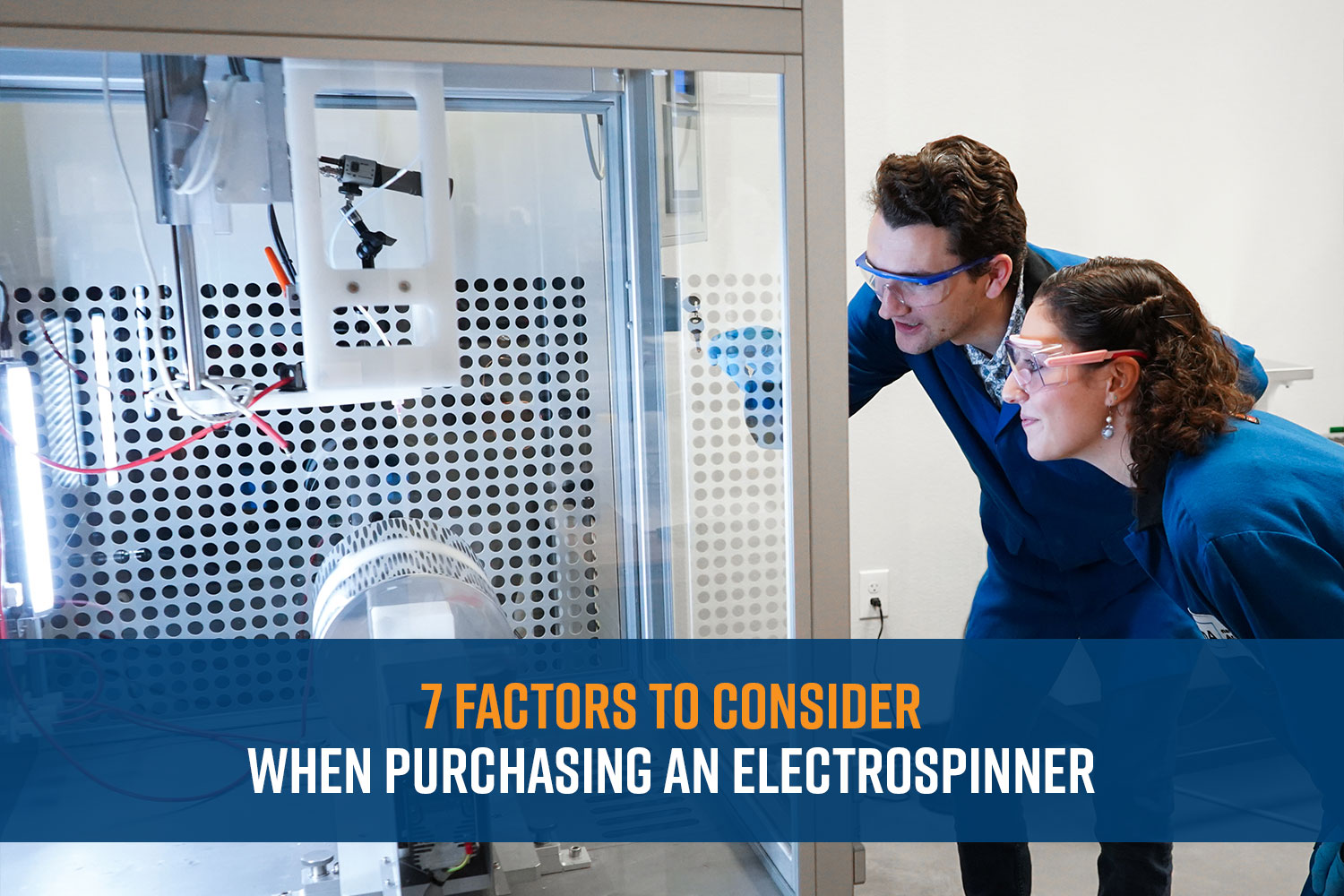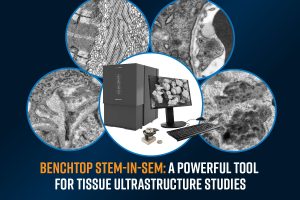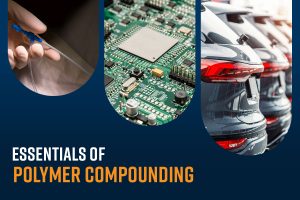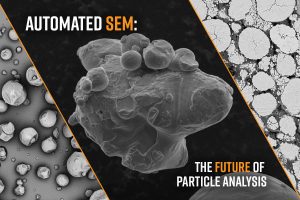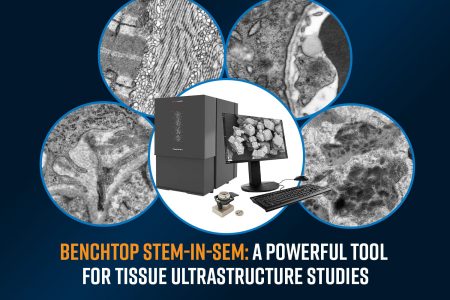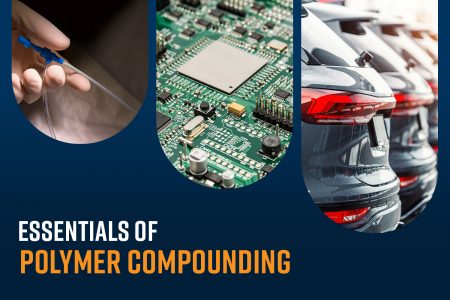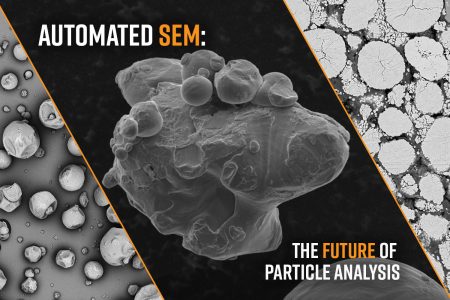Electrospinning is a versatile nanofiber fabrication technique wherein a polymer solution is charged and ejected from a spinneret under a high-voltage electric field. As the polymer is ejected, the solvent evaporates, and a fine jet of polymer forms, which elongates and solidifies into nanofibers upon reaching an oppositely charged or grounded collector. The resulting nanofiber morphology and properties can be controlled by adjusting voltage, flow rate, distance, and polymer concentration. The electrospinning setup typically involves a high-voltage power supply, spinneret or needle, syringe pump, collector, and controlled environment to manage humidity and temperature. Safety features such as grounded platforms, protective shields, ventilation systems, and safety interlocks to ensure operator safety are also commonly available in many commercial machines.
Choosing the right electrospinning machine that addresses the needs of specific applications can be a formidable task. In this article, we will discuss a few key factors that should be considered while buying an electrospinning system. We expect that this information will be helpful when it comes to choosing your own electrospinning machine.
1. Specialized applications
The choice of an electrospinning system depends on the complexity or precision required for the specific application. Depending on the desired size and shape of the final electrospun sample, special emitter configurations or sample collectors may be needed. For example, if producing a thick, homogeneous layer of nanofibers, translation of the needle along the collector is required. Fabricating 3D shapes would require specialized collectors along with needle translation along 3 axes and additional high-voltage power supplies to ensure the nanofibers are collected properly while maintaining the intended shape.
Some electrospinning applications such as tissue engineering, medical devices, and wound healing would require maintaining strict sterility conditions to meet regulatory standards. In these cases, the electrospinning system should have sealed, sterilizable chambers with HEPA filtration to maintain sterile conditions. Additional considerations for vacuum sealing samples in transfer vessels before removal from the processing chamber might also be necessary. Many industrial regulatory standards also require the traceability of the fabrication process. Electrospinning machines that have built-in data storage for recording all processing parameters can help meet these standards.
2. Environmental Control
Since ambient conditions change day-to-day and nanofiber formation is dependent on the evaporation rate of the solvent, the ability to regulate the environmental conditions is critical to consistently produce high-quality nanofibers. Electrospinning users without active environmental control capabilities often encounter challenges such as inconsistencies across batches, clogged needles from solvent evaporating too quickly, inconsistent nanofiber morphology, and a wide range of other sample defects. Both temperature and relative humidity (RH) are important parameters for controlling the evaporation rate of the solvent, which directly influences the morphology and dimensions of nanofibers. To ensure reproducibility and batch-to-batch consistency, the electrospinning system should be able to both increase and decrease humidity and temperature. There are multiple options for environmental control that are commercially available, including dehumidifying units (DHUs) and full environmental control units (ECUs). However, not all DHUs and ECUs are made with the same capabilities. Some DHUs can only decrease the relative humidity and increase temperature. Others can regulate temperature up or down but can only decrease RH. The most comprehensive temperature and RH control units (ECUs) can increase or decrease the temperature from 18-45°C as well as increase or decrease RH between 10 and 80%.
In addition to environmental control, systems that actively ventilate solvent vapors out of the processing chamber also increase the user’s options for materials that can be successfully processed via electrospinning.

3. Throughput
Commercial electrospinners can be classified, based on their throughput, primarily as:
- Bench-top, or research systems
- Product development or pilot scale systems
- Industrial scale systems
Bench-top or research-grade systems are suitable for initial research and development. These are usually compact systems in laboratories and are ideal for initial experimentation and feasibility studies. They are usually lower-cost systems with basic controls of the electrospinning parameters and are used for low-volume fabrication of electrospun materials. The industrial scale systems are geared toward mass production and large-scale applications. These systems require dedicated facilities and personnel with specialized knowledge. Industrial systems usually have a high upfront cost but include highly advanced and precise control of multiple parameters and are optimized to achieve economies of scale. Product development or pilot-scale devices bridge the gap between research and industrial-scale systems. They usually have improved scalability and are ideal for small-batch production.
4. Usability
Electrospinning is a powerful technique but can be equally challenging to employ successfully if the machine is not user-friendly or reliable. Commercial electrospinning machines are controlled by software programs that enable relevant parameters such as temperature, relative humidity, and solution flow rate, to be monitored or adjusted throughout the fabrication process. However, the ease of changing these parameters and the precision of control varies between systems. The most advanced electrospinning systems available today offer touchscreen control panels mounted on the machine that allow users to monitor all processing parameters and make changes as necessary. The time required to train a person to successfully use the electrospinning system is also a good indicator of its usability. Another important factor related to usability is the flexibility of the electrospinning system’s hardware. Some electrospinning systems produce nanofibers using needle-based setups, in which syringe pumps feed the precursor solution through a charged needle. Others produce fibers using other mechanisms, such as from an open reservoir of solution, or through slit emitters. Needle-based and needle-less electrospinning differ in terms of consistency, morphology, and throughput, making it critical to understand which configuration is better suited for a specific application or if a system that can do both is needed. Electrospinning systems that are capable of producing nanofibers using both needle-based and needle-less configurations are the current gold standard.
5. Safety
Fabricating nanofibers via electrospinning requires the use of volatile chemicals and high-voltage power supplies, which can be major safety concerns. Regular exposure to harsh solvent vapors can cause pulmonary irritation or other significant health problems. To mitigate this, electrospinning systems should maintain a slightly negative pressure in the chamber to ensure that vapors are vented properly. The combination of volatile solvent vapors and unsafe high-voltage power connections can lead to fires, or in the worst cases, explosions. Safety measures including oxygen sensors, alarms, and the option to fill the chamber with an inert gas are available on commercial machines to address these concerns. Safety interlocks on doors and emergency shutoffs are features that should be considered.
6. Support
The support available from the commercial vendor should be an important factor when considering an electrospinning machine. Some of the relevant factors to consider include the availability of expert electrospinning scientists to provide training, solution optimization, and process troubleshooting. The availability of preventive maintenance plans and timely field service to minimize downtime of the instrument in case of need is also an important criterion. Ideally, a system should be robustly designed and reliable so that if proper preventative maintenance is followed, major service issues should be few and far between. The commercial vendor should be able to provide support to ensure maximum uptime of the electrospinning machine.
7. Cost
The main costs associated with electrospinning devices can be categorized into one-time and recurring expenses. The purchase price of the equipment, construction of specific lab facilities, ventilation systems, safety equipment, and installation are considered the typical one-time initial investment costs and may be substantial depending on the type of electrospinning equipment. Depending on the available budget, one factor to consider is the modularity and upgradability of the system. A smaller system could be purchased initially and then upgraded as the needs of the project increase. Recurring costs include maintenance, repairs, and consumables. Regular maintenance ensures that the device is in optimal working condition. Improper maintenance of the device or inadequate training of users can result in device damage and costly repairs. Extended warranty and maintenance plans offered by vendors could help offset some of these expenses.
Summary
The ability to control the electrospinning process parameters enables precise manipulation of electrospun nanofiber characteristics for diverse applications. The technique’s adaptability and potential to revolutionize materials across diverse sectors underscore its growing significance in innovative research and practical applications. Careful consideration of the factors that contribute to safe, efficient, and successful electrospinning should help guide decision-making and selection of the right electrospinning system.

